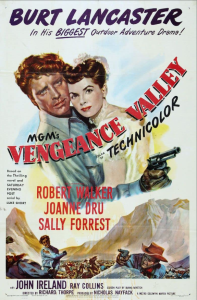
THIS WEEK MOVIE SELECTION
Welcome to ClassicFlixTV — your free destination for timeless entertainment. Stream classic movies, vintage films, and beloved TV shows online in stunning HD. Whether you’re drawn to the elegance of black-and-white cinema, the glamour of golden-age Hollywood, or the charm of retro drama series, you’ll find it all here. No subscription required.
Our platform features a carefully curated collection of the finest old movies, vintage films, and retro TV series — all free to watch. From atmospheric noir and sweeping romance to unforgettable dramas and vintage comedies, ClassicFlixTV brings you cinema’s greatest treasures. Each title is enhanced with RINNUVA AI image restoration for a crisp, modern viewing experience that honors the original artistry.
At ClassicFlixTV, we believe timeless stories should be accessible to everyone. That’s why we offer a growing library of free classic movies and TV shows with no sign-up and no ads — just pure nostalgia. Whether you’re revisiting old favorites or discovering vintage gems for the first time, you can stream whenever and wherever you like.
Browse our collection by genre or time period, including:
Whatever your taste, ClassicFlixTV helps you explore the films and shows that shaped cinema history.
Dive into the world of classic cinema and stream vintage movies online now. Enjoy a nostalgic viewing experience updated with HD visuals and AI enhancement. Discover the magic of cinema’s golden age at ClassicFlixTV — always free, always timeless.